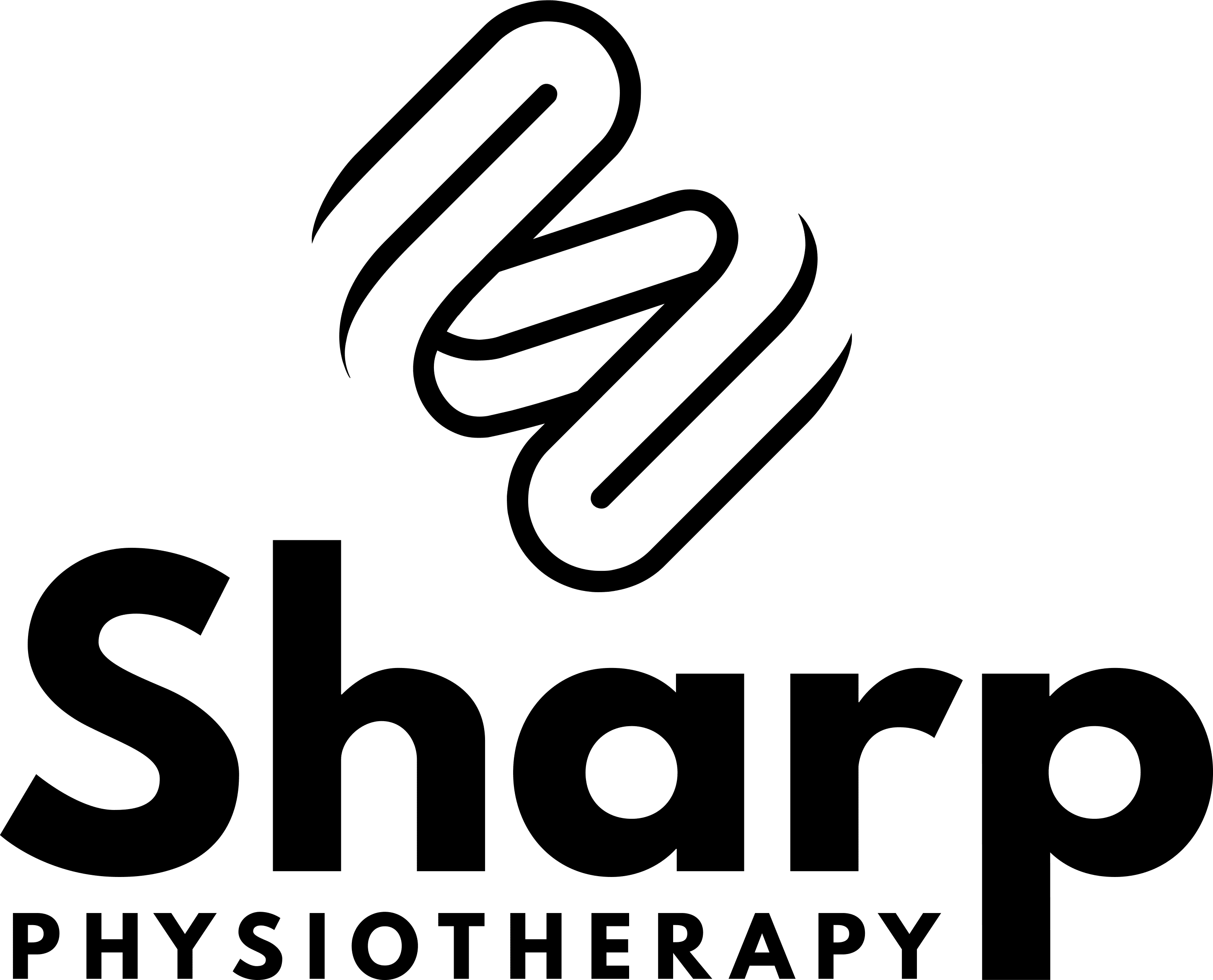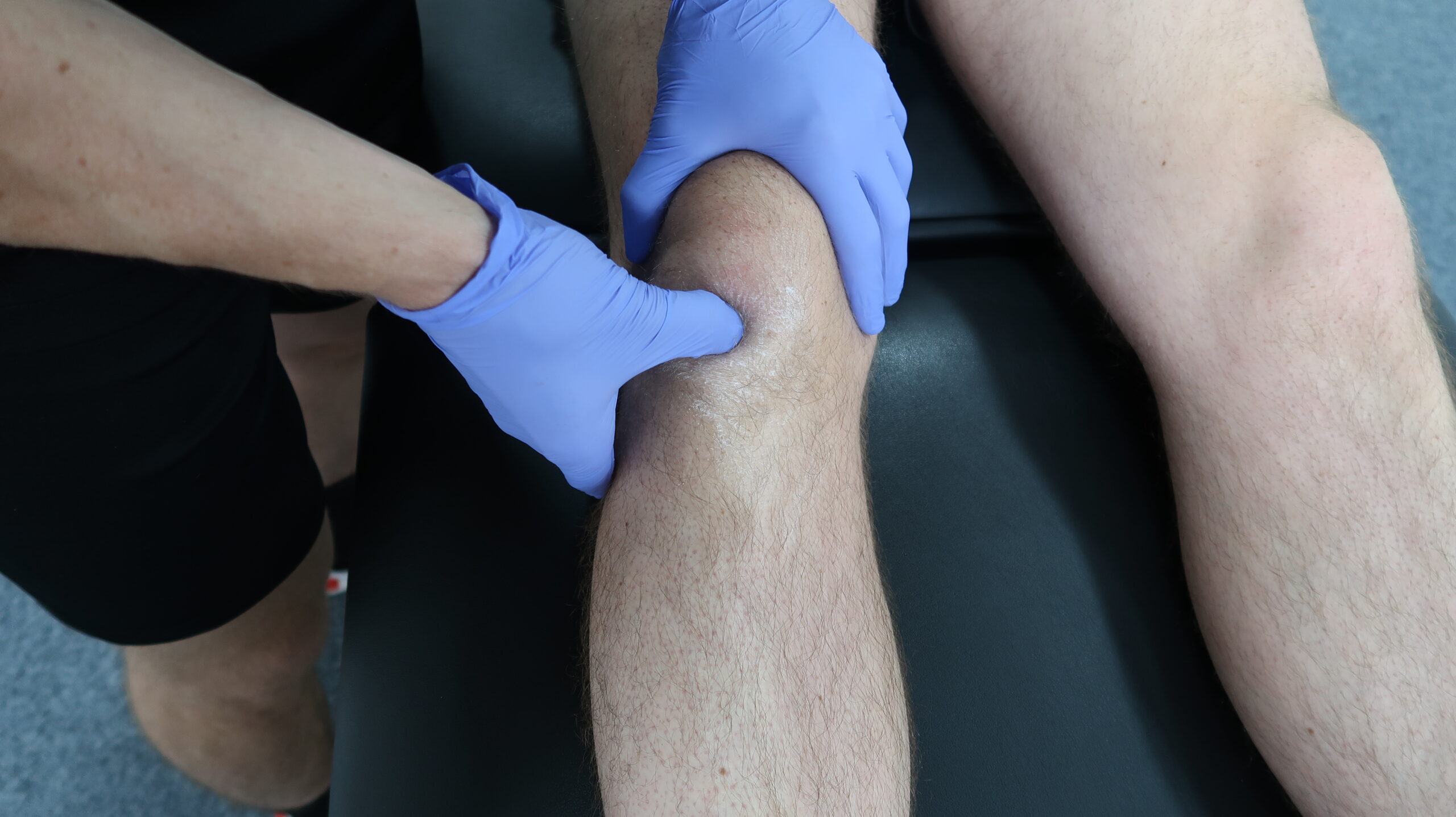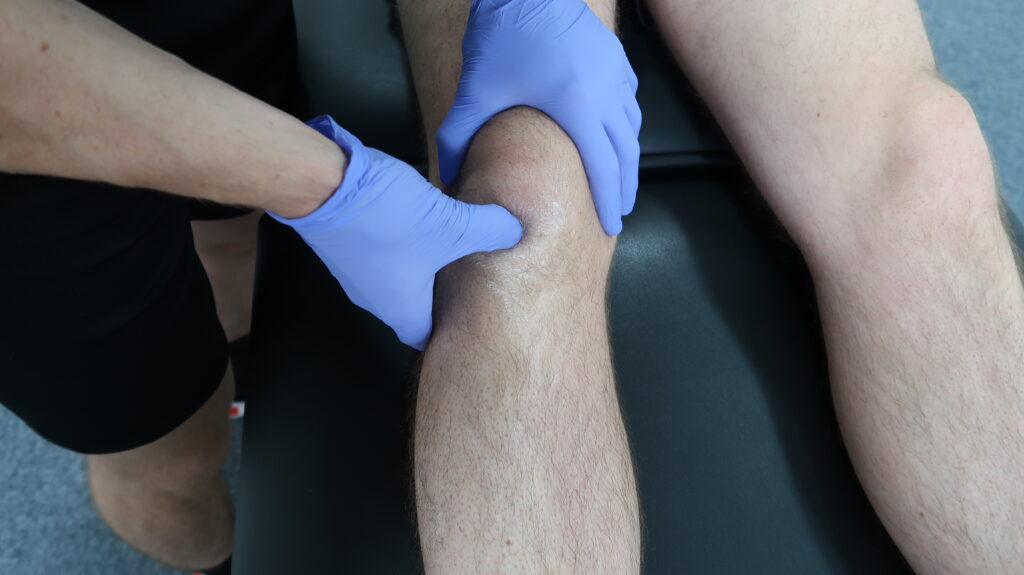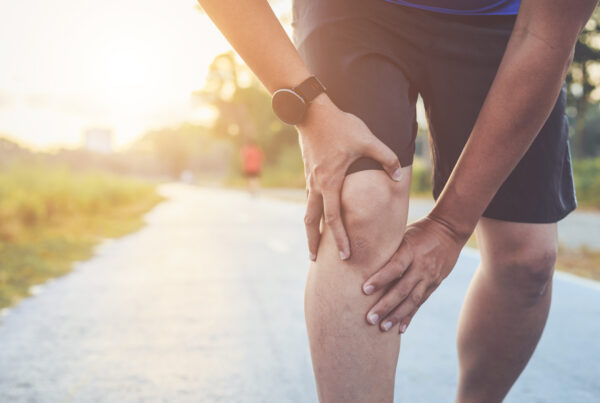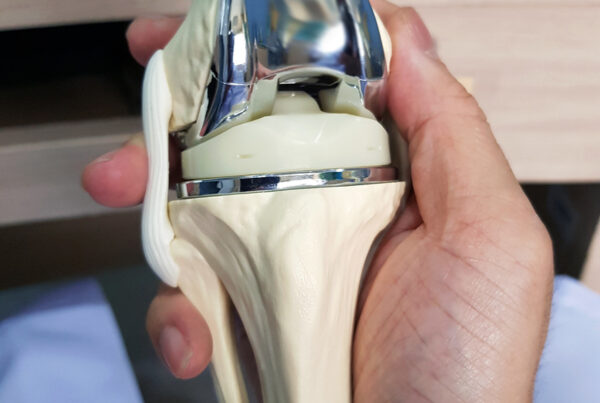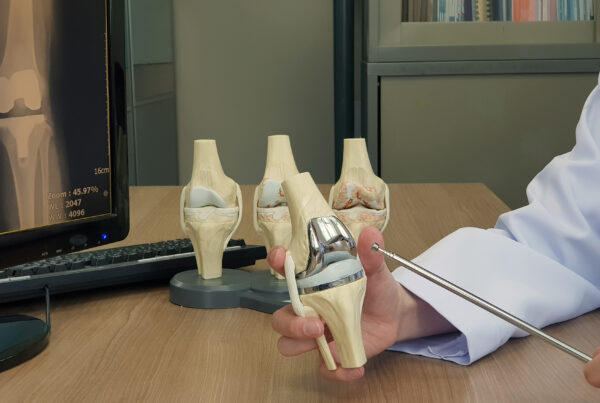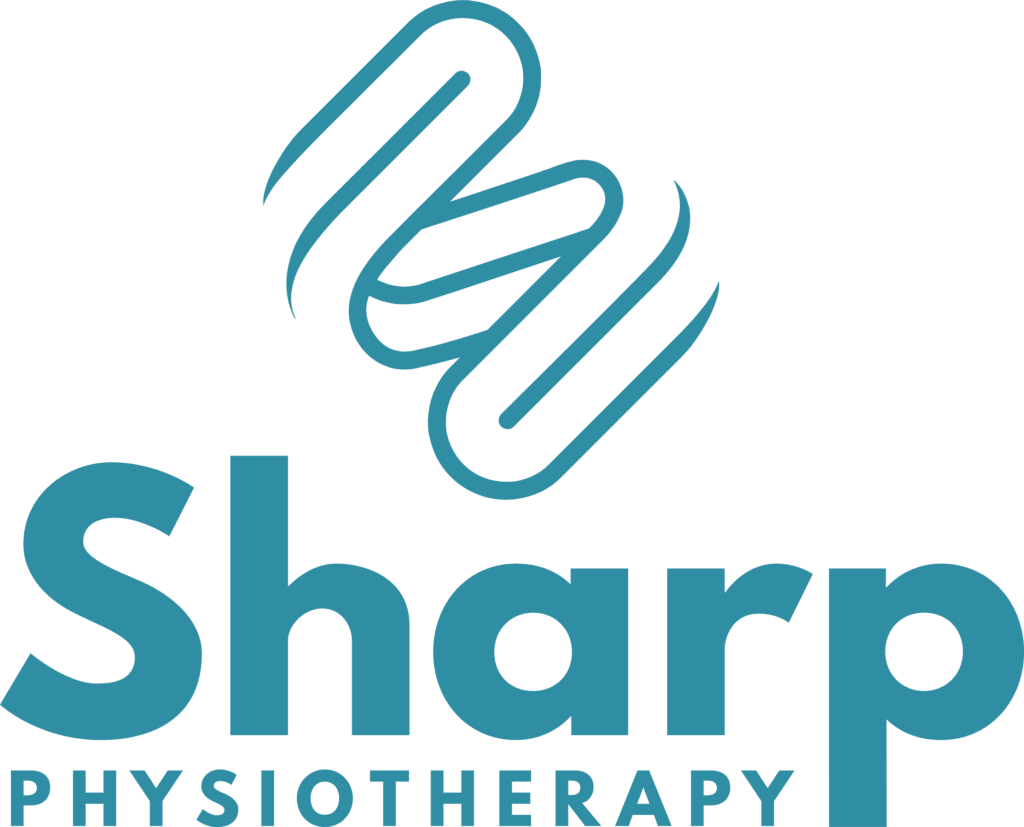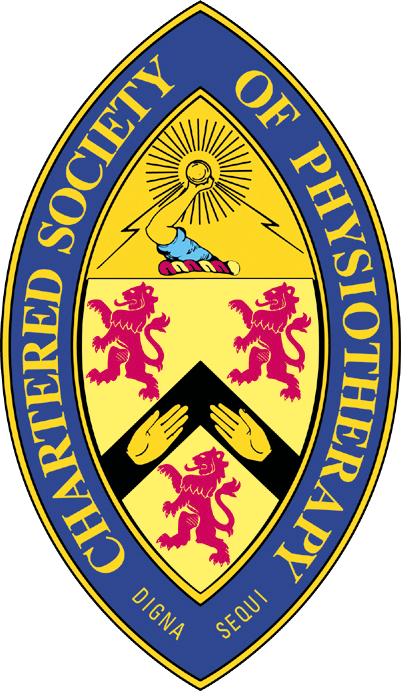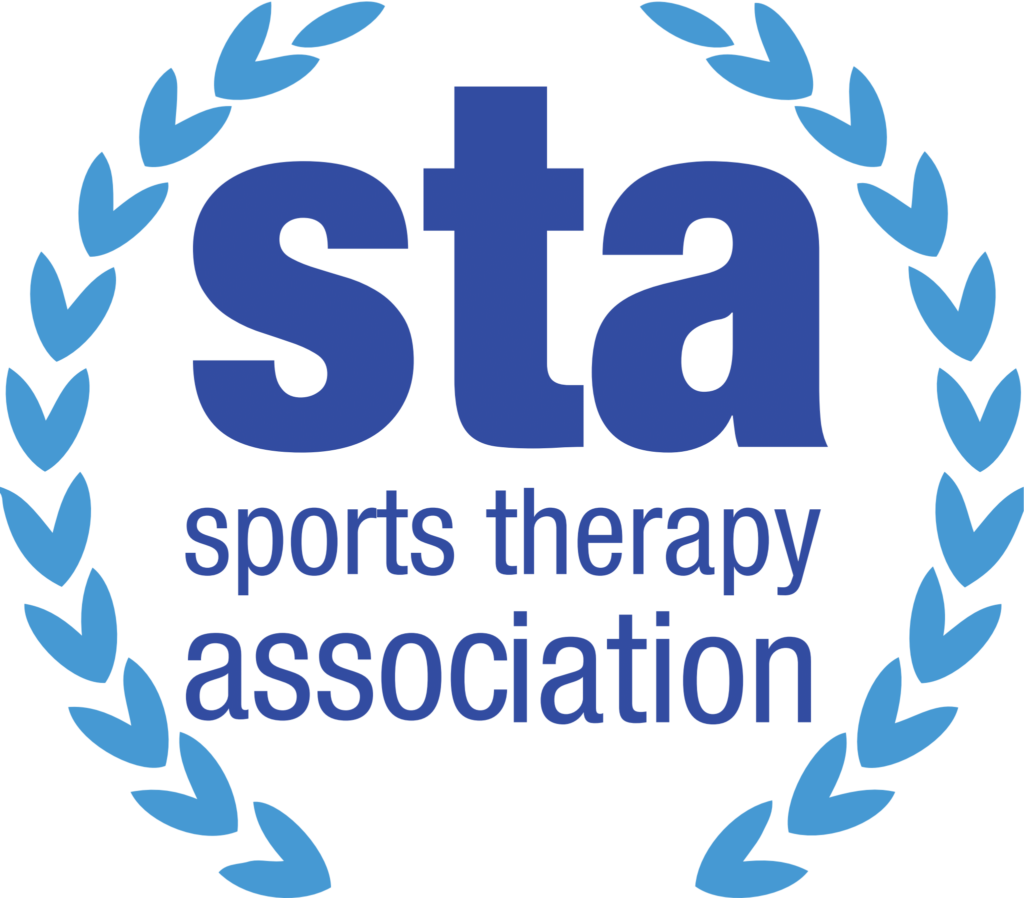Is Shockwave Therapy Effective For Treating Patellar Tendinitis?
What Is Patellar Tendinitis?
The patellar tendon is a band of tissue that connects the kneecap to the shin, and is a central component of the knee’s complex structure. It transfers the force generated by the quadriceps muscles to the lower leg, enabling activities like walking, running, and jumping.
During activities that involve repetitive leg movements, especially those requiring jumping or sudden changes in direction, the patellar tendon experiences heightened stress. Over time, this can lead to microscopic tears and inflammation, initiating the cascade of symptoms associated with patellar tendinitis.
This prevalent condition is sometimes referred to as jumper’s knee and is a common problem among individuals who engage in activities that involve repetitive stress on the knees, such as runners, footballers and basketball players.
Whether you’re an avid athlete or someone who enjoys an active lifestyle, understanding the causes, symptoms, and effective management of patellar tendinitis is essential for maintaining knee health. Let’s delve into the intricacies of this common condition.
What Causes Patellar Tendinitis?
In essence, patellar tendinitis is a result of the delicate balance between the demands placed on the patellar tendon and its ability to recover. And further understanding patellar tendinitis involves exploring the diverse array of causes and risk factors that contribute to the development of this common knee condition.
It’s a multifaceted interplay of elements that goes beyond mere overuse, delving into biomechanics, age-related considerations, and more. Common causes include:
- Overuse: At its core, patellar tendinitis often arises from activities that subject the patellar tendon to repetitive stress, such as jumping, running, or sudden changes in direction. These actions create microtears in the tendon, triggering the inflammatory response.Unlike acute injuries resulting from a single traumatic event, overuse injuries like patellar tendinitis often develop gradually. The cumulative effect of repetitive stress without adequate recovery periods gradually weakens the tendon.While pushing our physical limits is commendable, it’s crucial to strike a balance and recognise the signs of overuse before they evolve into chronic conditions like patellar tendinitis.
- Biomechanical Considerations: In the intricate dance of the human body, biomechanics plays a starring role, influencing everything from our gait to the way we land after a jump. When it comes to patellar tendon pain, understanding the nuances of biomechanics becomes paramount.Biomechanics involves the study of the body’s movement and the forces acting on it. The patellar tendon, essential for knee function, bears the brunt of these forces during activities like walking, running, and jumping.Optimal biomechanics ensure proper alignment of the lower limb, allowing forces to be distributed evenly. When biomechanics are compromised, the patellar tendon may face uneven stress, contributing to pain and inflammation.Individuals with flat feet or bowlegs may experience altered biomechanics affecting the alignment of the entire lower limb. This can lead to increased stress on the patellar tendon during weight-bearing activities.Biomechanics also comes into play during dynamic movements like jumping and landing and poor landing mechanics, such as excessive knee valgus (inward collapse), can increase stress on the patellar tendon.The harmonious interplay of biomechanics often hold the key to unravelling the mystery of patella tendon pain and can pave the way to pain free movement.
- Training Intensity: Training intensity involves challenging your body to adapt and improve. Embarking on a fitness journey with unwavering training intensity is commendable, but it comes with the responsibility of safeguarding your body against potential risks. Patellar tendinitis, commonly known as jumper’s knee, is a prevalent risk for those engaging in activities with repetitive knee stress.The principle of progressive overload forms the foundation of training intensity. Gradually increasing the demands placed on your body prompts physiological adaptations, leading to enhanced strength, endurance, and performance. Abruptly increasing the intensity can overwhelm the patellar tendon, sparking a tendinitis.
”"I saw Sam Kirton to deal with knee pain caused by patella tendinitis. The advice and treatment I received were first class and I'm confident I wouldn't have recovered nearly as well without his help."
James
What Are The Symptoms & How Is It Diagnosed?
The symptoms of patellar tendinitis can vary in severity, but common indicators include:
- Pain at the Front of the Knee:
The primary symptom is usually pain at the front of the knee, just below the kneecap. The pain may be more pronounced during activities that involve jumping, running, or bending the knee. - Tenderness and Swelling:
The area around the patellar tendon may feel tender to the touch. Swelling can also occur, contributing to a sense of discomfort and stiffness in the affected knee. - Pain Exacerbated by Activity:
Pain tends to worsen with activities that involve forceful or repetitive contraction of the quadriceps muscles, which pull on the patellar tendon. This can include activities like running, jumping, or squatting. - Morning Stiffness:
Some individuals with patellar tendinitis may experience stiffness and discomfort in the morning, particularly when getting out of bed. This is often referred to as “morning stiffness.” - Pain During Contractions:
Pain may be felt specifically during activities that contract the quadriceps muscles, such as when climbing stairs or rising from a seated position. - Pain with Palpation:
Pressing on or palpating the patellar tendon may elicit pain. This tenderness is often localized to the area just below the kneecap. - Gradual Onset:
Patellar tendinitis typically develops gradually over time, with individuals noticing increasing discomfort and pain during or after certain activities.
The diagnosis of patellar tendinitis typically involves a combination of a thorough clinical examination, a detailed medical history, and, in some cases, imaging studies. Findings during an examination will include pain when palpating the patella tendon, visible swelling and thickening and pain below the knee cap on functional tests.While not always necessary, imaging studies may be recommended to confirm the diagnosis and rule out other potential causes of knee pain such as tears of the patella tendon which can deliver in chronic cases. Common imaging modalities include ultrasound scan and MRI scan.
Can shockwave help with patella tendinitis? How does it work?
While the severity of symptoms can vary, it’s not uncommon for the recovery process to be a slow and ongoing journey. In many cases, symptoms can persist for months.
In instances where the response to conventional treatments is slow, and symptoms of patellar tendinitis have persisted for months, shockwave therapy emerges as an excellent choice.
Shockwave therapy, a non-invasive approach, has shown promising results in promoting the healing process of the patellar tendon. By delivering acoustic waves to the affected area, shockwave therapy stimulates blood flow, accelerates tissue repair, and can significantly contribute to the reduction of chronic symptoms associated with patellar tendinitis.
Some of our patients experience relief after just one session of shockwave therapy, while others may require a more extended course of treatment. A typical treatment plan may involve multiple sessions with a minimum number of recommended treatments being 3.
We typically limit the number of sessions of shockwave therapy to no more than six. Our experience suggests that a ceiling effect is often reached at this point, where the therapeutic benefits plateau.
In conclusion, patellar tendinitis is a challenging yet manageable condition that requires a multifaceted treatment approach. From understanding the symptoms to exploring innovative treatments like shockwave therapy, individuals can look forward to not only alleviating pain and discomfort but also fostering long-term joint and tendon health.
The Sharp Physio Team
Request A Free Discovery Call & Ask All The Questions You Need Regarding Your Knee

